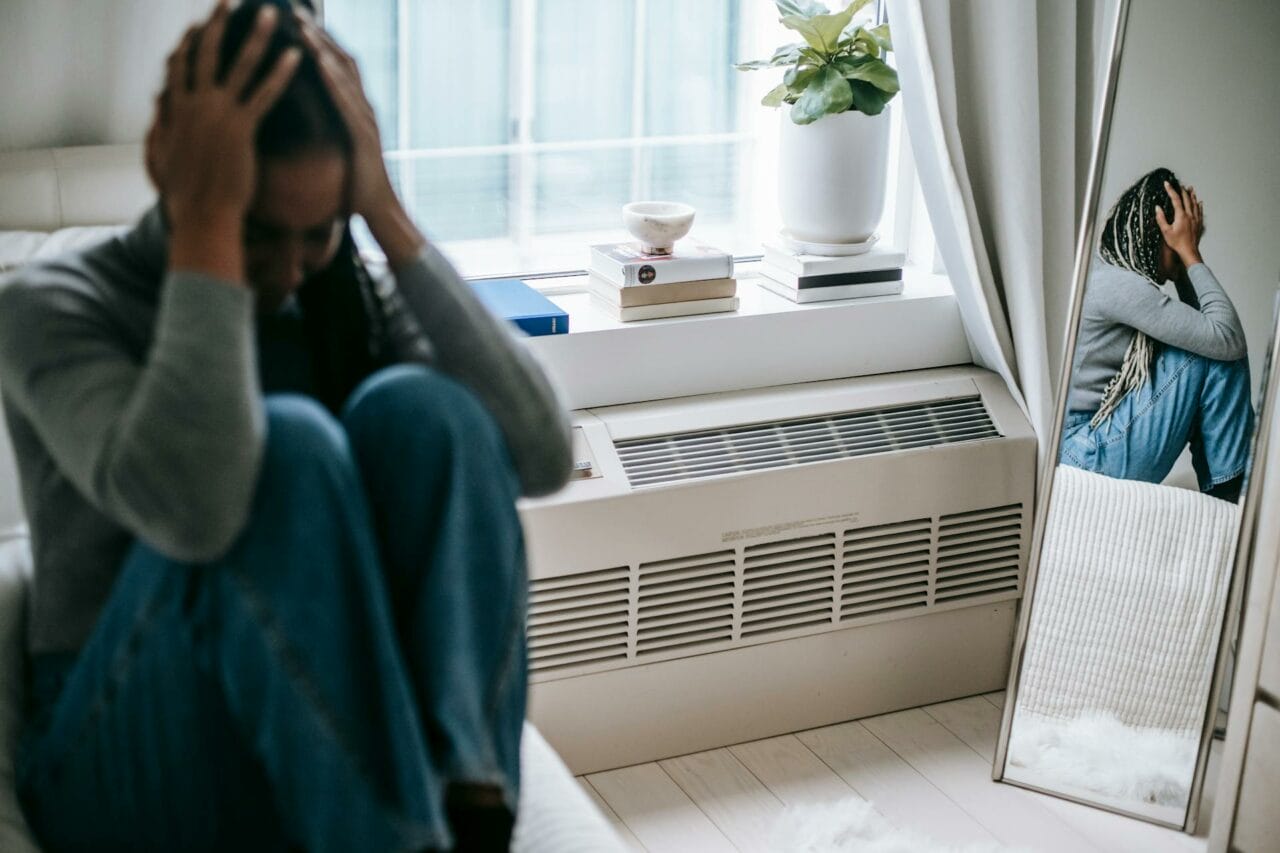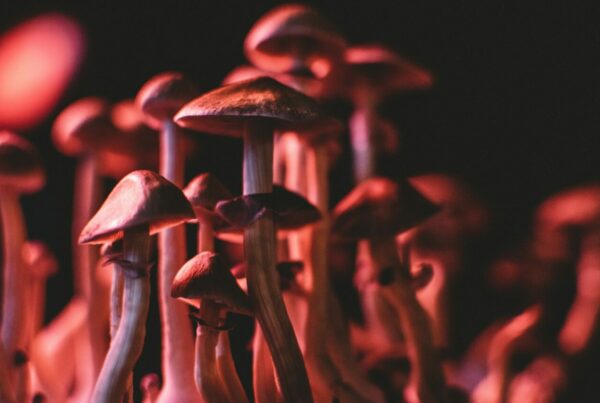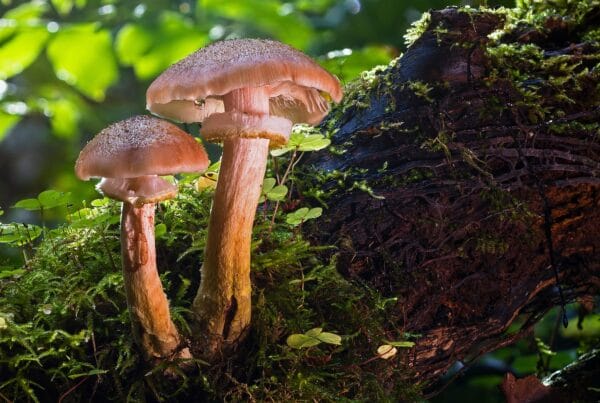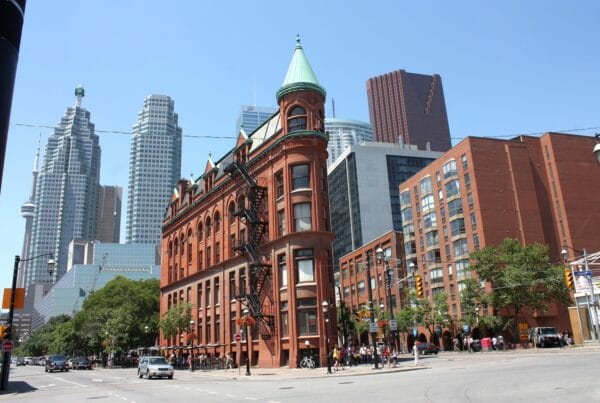Standard anxiety treatments typically comprise of medication and therapy. However, these approaches may not work effectively for everyone, due to the possibility of adverse effects. Such hurdles have led to a growing interest in alternative solutions like psychedelic therapy, which employs substances like “magic mushrooms Montreal” among others.
Discover your premier destination to buy psychedelics online in Canada. We provide quick, secure, and inconspicuous services.
[toc]Key Considerations:
- Psychedelic therapy combines the curative effects of psychedelic substances with traditional talk therapy to bolster the healing process.
- Psychedelic therapy can boost emotional well-being and enhance the quality of life through spiritual expeditions.
- The integration process is an essential method in psychedelic therapy aimed at sustaining the efficacy of the therapy session in the long term.
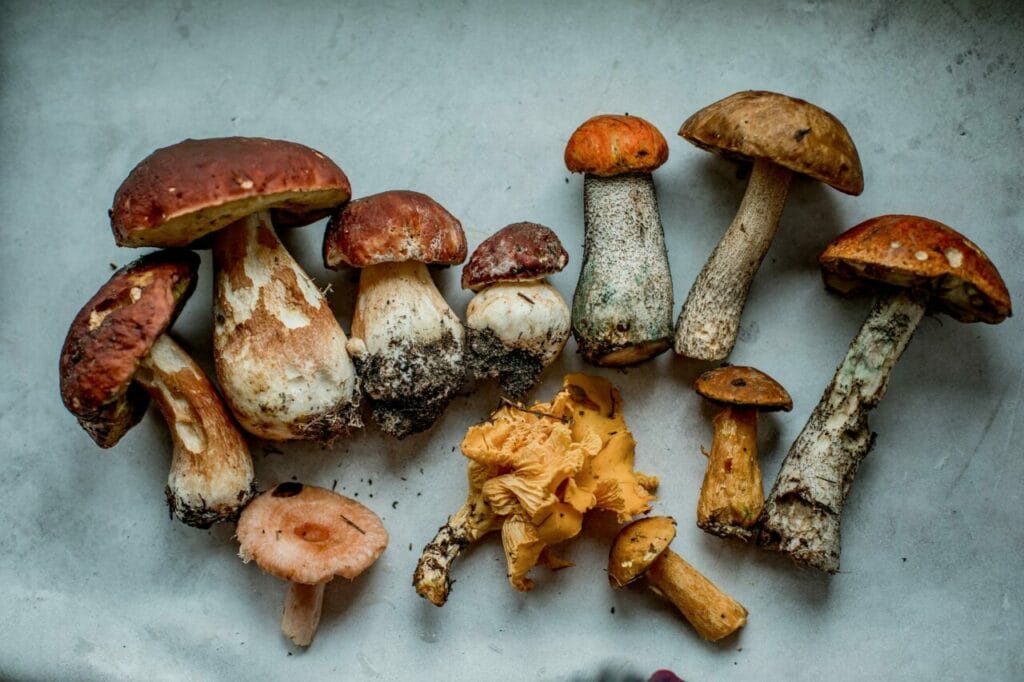
Anxiety Disorder Trends in Canada
According to the 2022 Mental Health and Access to Care Survey, there is an alarming increase in the prevalence of anxiety disorders in Canada. The proportion of Canadians over 15 years old diagnosed with generalized anxiety disorder in the year preceding the survey has surged from 2.6% in 2012 to 5.2% in 2022.
Contrasting Traditional Treatment and Psychedelic Therapy
Conventional treatments for anxiety disorders typically involve a combination of psychotherapy and medication. Psychotherapy, also known as talk therapy, is a collaborative process between a therapist and the patient to mitigate anxiety symptoms.
On the other hand, anxiety medications diminish symptoms by tailoring the treatment to the specific type of anxiety disorder and considering any concurrent mental or physical health issues. Although treatment may differ based on individual situations, psychotherapy and medication remain the core strategies.
In psychedelic therapy, sessions are unique as they include one or two doses of a psychedelic substance, along with other therapeutic
Techniques:
Therapy with Psychedelics
Psychedelic therapy refers to a type of therapeutic intervention that harnesses the potential benefits of psychedelic substances to enhance the healing journey. These substances, known for their hallucinogenic properties, have been integral to traditional medicine and spiritual rituals across various cultures for millennia.
The two primary substances employed in this therapy are Lysergic acid diethylamide (LSD) and psilocybin. LSD induces alterations in mood, perception, and consciousness. Psilocybin, as mentioned on the Health Canada website, is the active ingredient in magic mushrooms. Consumption of these mushrooms can provoke sensory experiences, including visual, auditory, or tactile hallucinations.
Determining Dosage for Three Sessions
In psychedelic therapy, experts assess patients to determine the appropriate psilocybin dosage for their sessions. The dosage scale varies, with some patients starting at moderate levels, while others can handle larger amounts of the substance. The treatment plan usually consists of one to three drug sessions, each lasting six to eight hours and spaced several weeks apart. This method is a departure from traditional medications that require daily intake until a healthcare provider advises otherwise.
Experience of Spiritual and Personal Transformation
Unlike anxiety medications which aim to control symptoms, therapy strives to tackle the root causes of the disorder. Psychedelic therapy can significantly impact emotional health and quality of life, without inducing transformative visions or feelings of divine connection.
The immersive experiences can bring about profound realizations, increased self-understanding, and enhanced emotional processing. These effects can stimulate personal development, inspire positive behaviour alterations, and bolster overall mental health.
Impact
| Expanded Consciousness | Altered states of consciousness provide a new outlook on the world. | Typically, this heightened awareness leads to:Deep insightsEpiphaniesIncreased understanding of oneself and one’s surroundings |
| Emotional Healing | Enables emotional healing by offering the chance to face and process unresolved trauma, grief, or emotional turmoil. | This process aids in:Unlocking deeply suppressed emotionsReleasing emotional blockagesEncouraging emotional well-being |
| Enhanced Self-Awareness | Boosts communication among sensory brain regions while reducing connectivity within the default mode network. This network integrates brain regions responsible for self-focused thought processes and subjective self-perception.” | These regions aim to: Modify negative thinking patterns, beliefs, and habitual behaviours. Empower users to gain profound insights into their authentic selves, motivating factors, and interpersonal interactions. |
Somatic Therapy
Somatic therapy, while not commonly linked with psychedelic therapy, is earning recognition for its potential benefits. This body-centric method examines the connection between the mind and body. It’s based on the idea that past traumas can result in sensations becoming lodged in the body. Somatic therapists help individuals identify these body sensations and use therapeutic techniques to alleviate this tension.
Integration
This offers a platform for clients to attain clarity, gain perspective, and extract wisdom from their psychedelic experiences. The transformation process occurs during integration sessions with the therapist and the client’s active efforts outside of psychedelic explorations. Integration magnifies the transformative effects of psychedelics by actively engaging with surfaced insights and emotional revelations.
Types of Integration
- Journaling. By documenting experiences, individuals can cement memories for easier future recall. It also enables clients to scrutinize their experiences from various perspectives, unveiling different interpretations, implications, and correlations.
- Art. This provides an effective way to encapsulate the complex emotions and feelings of a psychedelic journey in a visually expressive and creative format.
- Practicing Nature-based Approaches. These can be as simple as mindful walks in the forest or seeking tranquility near a peaceful water body. Therapists can help clients recognize intricate patterns within nature or suggest using natural elements like plants, stones, water, and candles as grounding tools.
- Engaging in Integration Groups. Group sessions with individuals sharing similar experiences offer a valuable opportunity for reflection, support, and connection. The capacity of psychedelic therapy to foster a sense of interdependence and shared understanding beyond personal boundaries is fundamental.
The Role of These Techniques in Anxiety Treatment
The essential pharmacological principle behind all psychedelics is their ability to act as agonists, or activators, of serotonin (5-HT) 2A receptor. A significant aspect of psychedelic research is examining their effect on the default mode network in the brain. This network is predominantly linked with repetitive thoughts and associated with health conditions such as depression and anxiety disorders. Treatment can remarkably reduce anxiety levels, with outcomes enduring up to 12 months post-treatment.
After a psilocybin session, which frequently includes profound spiritual experiences, the patient participates in a conversation with their therapist. During these talk-therapy sessions, trained healthcare professionals strive to listen carefully to the patient. They also implement specific strategies and techniques to maximize the positive effects of the treatment.
All these methods collectively work to assist those suffering from anxiety to achieve long-term relief in fewer sessions compared to traditional treatments.
Transform Your World, One Session at a Time
Many people rely on traditional treatments for anxiety, but not everyone finds them effective or satisfying. Psychedelic therapy presents an alternative, employing unique approaches that can trigger transformative experiences. These methods work together to generate deep, lasting results—sometimes for up to a year after just one to three sessions.
Beyond improving mental health, this therapy could also provide significant cost savings for patients. Ready to discover a new path to wellness? Explore the potential of psychedelic therapy with Magic Mushroom Toronto Canada.
Frequently Asked Questions
Is there a specific type of magic mushroom used for psychedelic therapy?
In psychedelic-assisted therapy studies, it is often overlooked to specify the type of mushroom used. Psilocybe cubensis is typically the mushroom of choice.
Online magic mushroom dispensaries offer a variety of strains to cater to different preferences. You are free to choose any strain to experience the therapeutic benefits of psychedelics. However, it is advisable to exercise prudence and choose a reliable vendor to avoid obtaining unsafe magic mushrooms from dishonest sources.
How long does psychedelic therapy last?
The duration of psychedelic therapy can vary as it involves several stages. A single session in which the psychedelic is ingested lasts between 4 to 8 hours. The entire therapy process, which includes preparation, the session, and subsequent discussions, can extend from a few weeks to several months.
As for long-lasting effects, individuals have reported improvements in their mental health for several months or even up to a The benefits of this therapy can often be seen after only a single session or a small number of sessions.
Several sessions are included in the course of treatment.
Does the therapist guide the patient on their spiritual journey?
In this process, therapists or other staff members are often there to guide the patient. Spiritual Health Practitioners (SHPs) have been found to provide unique and beneficial contributions to the wellness and progress of participants on their spiritual journey. Some people choose to work with an SHP, while others prefer to rely on a therapist or specialist.
Is the concept of “set and setting” implemented in psychedelic therapy?
Yes, the individual’s mindset (set) and the physical environment (setting) are essential in safely guiding spiritual experiences during a psychedelic therapy session. The mental state of the individual influences their spiritual journey, impacting the experience before and during the psychedelic session. The trajectory and depth of the experience are shaped by factors like beliefs, expectations, emotional states, and intentions.
Main Reference: Psychedelics as Emerging Treatments for Anxiety Disorders: Opportunities and Challenges in a Budding Field – PMC (nih.gov)
About the Authors:
Franklin King, IV, MD. and Rebecca Hammond, M.D.
Related Articles:

